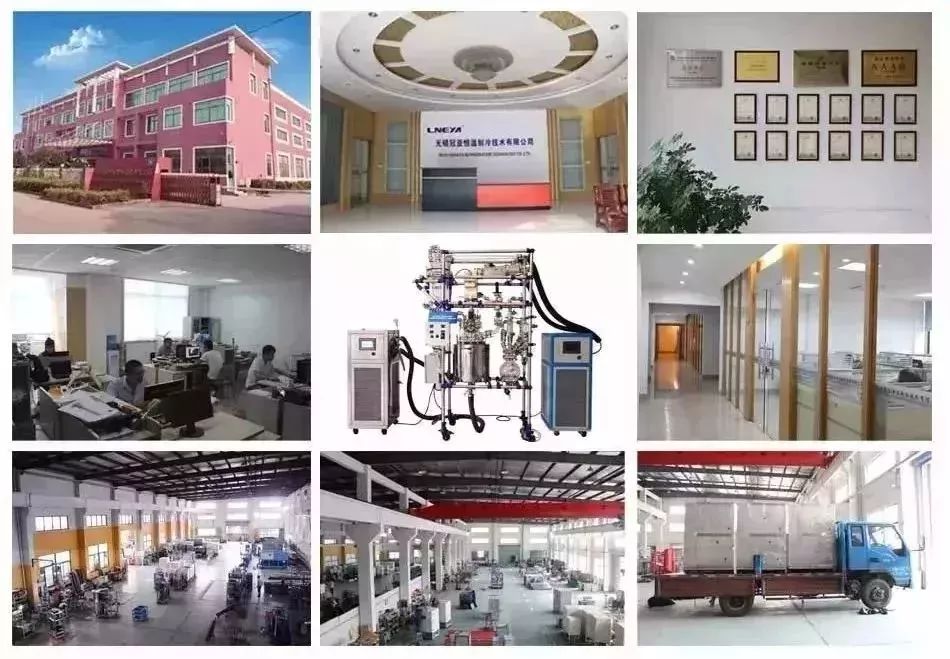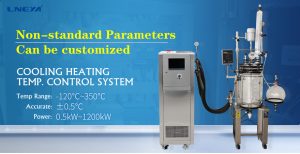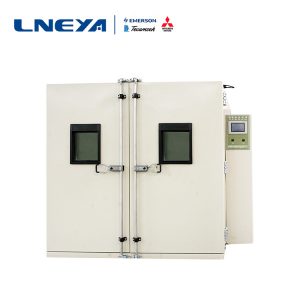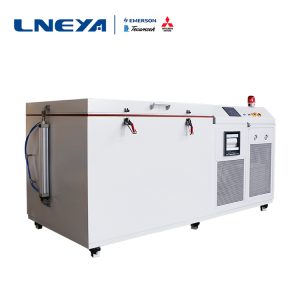The principle of LNEYA chiller
Industrial chillers are commonly used to cool products and machinery for a variety of different applications, including injection molding, tools and die cutting, food and beverage, chemicals, lasers, machine tools, semiconductors and more.
In most process cooling applications, the pumping system circulates cold water or water/glycol solution from the chiller to the process. This cooled fluid removes heat from the process and the warm fluid returns to the cooler. Process water is a means of transferring heat from the process to the cooler.
The process cooler contains a compound called a refrigerant. There are many types of refrigerants and applications depending on the temperature required, but they are all based on the fundamental principle of compression and phase change of the refrigerant from liquid to gas and back to liquid. This process of heating and cooling the refrigerant and changing it from a gas to a liquid and returning again is a refrigeration cycle.

The refrigeration cycle begins with a low pressure liquid/gas mixture entering the evaporator. In the evaporator, heat from the process water or water/glycol solution causes the refrigerant to boil and the refrigerant to change from a low pressure liquid to a low pressure gas. The low pressure gas enters the compressor where it is compressed into a high pressure gas. The high pressure gas enters the condenser, and the ambient air or condenser water removes heat and cools it into a high pressure liquid. The high pressure liquid moves to the expansion valve, controlling the amount of liquid refrigerant entering the evaporator, including restarting the refrigeration cycle.
LNEYA air-cooled cooling equipment uses ambient air to cool and condense hot refrigerant gas back into the liquid. It can be located inside the cooler or can be remotely located outside, but in the end it will block the heat from the cooler to the air. In a water-cooled condenser, water from the cooling tower cools and condenses the refrigerant.
関連推奨品
-
スロープ冷暖房サーモスタットのメンテナンス手順
996The slope temperature rise and fall cooling heating thermostat is the center to clean dust, garbage, etc. To clean and change inspection, inspection can find problems, find the potential defects of the slope temperature rise and fall high and low...
詳細を見る -
Step-by-step test box brand advantage description
1250The walk-in test box is developed and produced by LNEYA. It is specialized in pharmaceutical production technology and provides customers with various models of brands. Next, we will introduce the next step-in test box. Welcome to refer to and lea...
詳細を見る -
Large industrial refrigerator evaporator operation instructions
1189In the operation process of Wuxi Guanya LNEYA large industrial refrigerator, due to the large number of parts and complex, we need to understand the operation of the components in large industrial refrigerators. The evaporator is one of the main c...
詳細を見る -
Analysis of operating parameters and working conditions of automobile power module cooling system
1164Before choosing, you need to know what factors are related to the operating parameters and working conditions of the automotive power module cooling system. Then, from which aspects? 1. Evaporating pressure and evaporating temperature In the ope...
詳細を見る
 LNEYA工業用冷凍機 メーカー サプライヤー
LNEYA工業用冷凍機 メーカー サプライヤー














